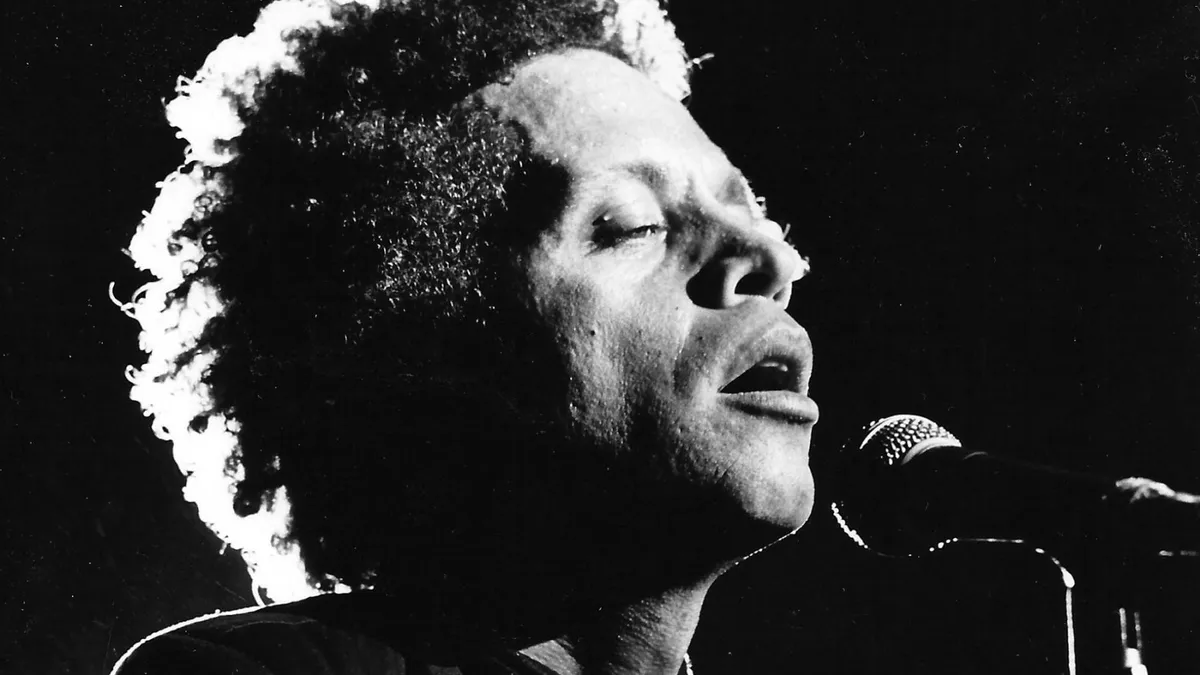
In the late 1970s, Garland Jeffreys emerged as a promising artist, captivating music enthusiasts and critics alike. Renowned magazine Rolling Stone heralded him as the “most promising artist” of 1977, while the esteemed PBS program Soundstage predicted he would be the next performer to achieve superstardom. High-profile radio stations, including New York’s WNEW-FM, kept his tracks “35 Millimeter Dreams” and “Wild in the Streets” on heavy rotation, cementing his rising status in the music industry.
Jeffreys’ music is characterized by a distinctive vocal style reminiscent of his close friend Lou Reed, paired with a theatrical rock sound akin to that of another friend, Bruce Springsteen. However, Jeffreys’ upbringing in Sheepshead Bay, Brooklyn, gave his sound a unique edge. Despite the accolades, a disconnect in public recognition became evident two decades later when his song was referenced on the popular TV show Jeopardy, yet none of the contestants could identify it. This moment highlighted the bittersweet reality of his career, as his wife and manager, Claire Jeffreys, poignantly remarked, “Garland was hot enough to have his song mentioned by Jeopardy’s writers, but not known by enough of the general public to get a single response.”
This sense of missed opportunities forms the emotional heart of the new documentary titled Garland Jeffreys: The King of In Between. The film explores not only Jeffreys’ eclectic musical style, which blends rock, reggae, and soul, but also his identity as a mixed-race artist navigating the predominantly white rock scene of the '70s and '80s. Jeffreys’ struggles with identity and race have profoundly influenced his songwriting, making his work resonate on many levels. “I don’t know of anybody who has written about race as directly as Garland has,” Springsteen states in the documentary, which premiered at New York’s IFC Center on June 6, with plans for wider release in select theaters and streaming platforms like Amazon Prime and iTunes starting in August.
While the documentary sheds light on Jeffreys’ musical journey, it also touches on the significant personal challenges he has faced in recent years. In 2018, the now 81-year-old musician began to show signs of dementia, which has progressed to the point where he struggles to care for himself. Claire has taken on the daunting task of his care with the help of a home aide. Despite these hardships, she chose to focus the film on his music rather than his illness, believing that discussing his dementia would overshadow the essence of his artistic legacy.
“Garland has been incredibly courageous in the way he has written about race,” comments guitarist Vernon Reid, who collaborated with Jeffreys in the '90s. This courage is evident from his very first track, “Ballad of Me,” on his self-titled debut album in 1973, where he candidly described his mixed heritage and feelings of alienation.
Jeffreys’ complex family background contributed to his artistic identity. His father abandoned the family when he was just two years old, and his mother remarried, leading to a tumultuous childhood marked by abuse. Claire explains, “His mother would tattle on him, saying ‘Garland didn’t sweep the stoop,’ and then his father would wallop him.” This betrayal instilled a profound psychological distrust in Jeffreys, shaping both his personal and professional life.
Despite these challenges, Jeffreys found solace in music. By the age of seven, he was taking piano lessons and sneaking into jazz clubs in Greenwich Village to watch legendary performers like Carmen McRae and Sonny Rollins. His career began in earnest after he attended Syracuse University, where he formed a lasting friendship with Lou Reed, who inspired him to pursue his own musical path.
Jeffreys’ artistic journey has been marked by both triumphs and struggles. After his first solo album in 1973 flopped, he sought to reinvent himself, even going so far as to falsely claim Jamaican heritage to gain attention. It wasn’t until 1977 that he achieved significant recognition with the release of Ghost Writer, which featured the impactful track “Wild in the Streets.” This song, inspired by a tragic incident in the Bronx, resonated with audiences and garnered substantial radio play.
Despite the hype surrounding his work, Jeffreys faced ongoing challenges, including conflicts with record labels and a struggle to find his place in the predominantly white rock genre. His 1992 concept album Don’t Call Me Buckwheat tackled themes of race and identity head-on, showcasing his unique ability to address complex social issues through music.
Jeffreys' contributions to music continue to be acknowledged, yet he faced a significant hiatus from the recording industry in the U.S. for nearly two decades. His return in 2011 with The King of In Between received critical acclaim, but public interest remained elusive. Despite announcing his retirement in 2019, Jeffreys has come to appreciate the impact of his work, focusing more on the quality of his music than on commercial success.
As the documentary captures his journey, Claire Jeffreys emphasizes the film’s message of resilience: “Ultimately, this is a story about perseverance.” She hopes that audiences will connect with Garland’s experiences and find inspiration in his ability to accept his life’s achievements despite the challenges he has faced. As Springsteen aptly puts it, “He’s in the great singer-songwriter tradition of Dylan and Neil Young, one of the American greats.”